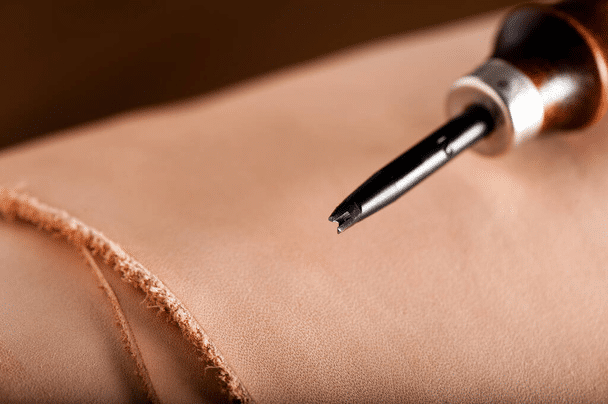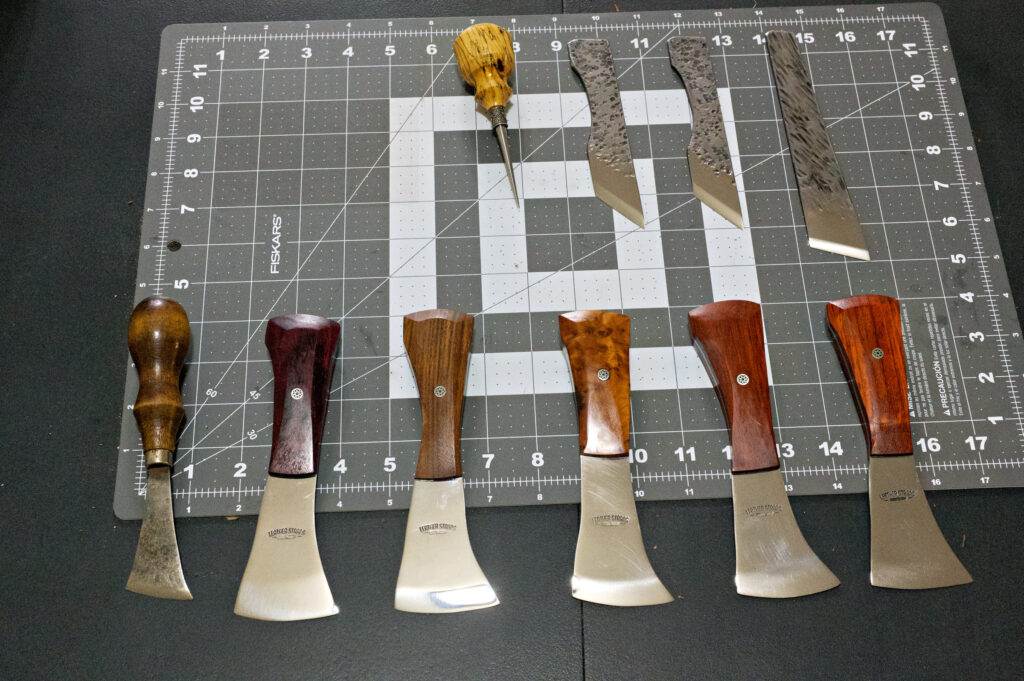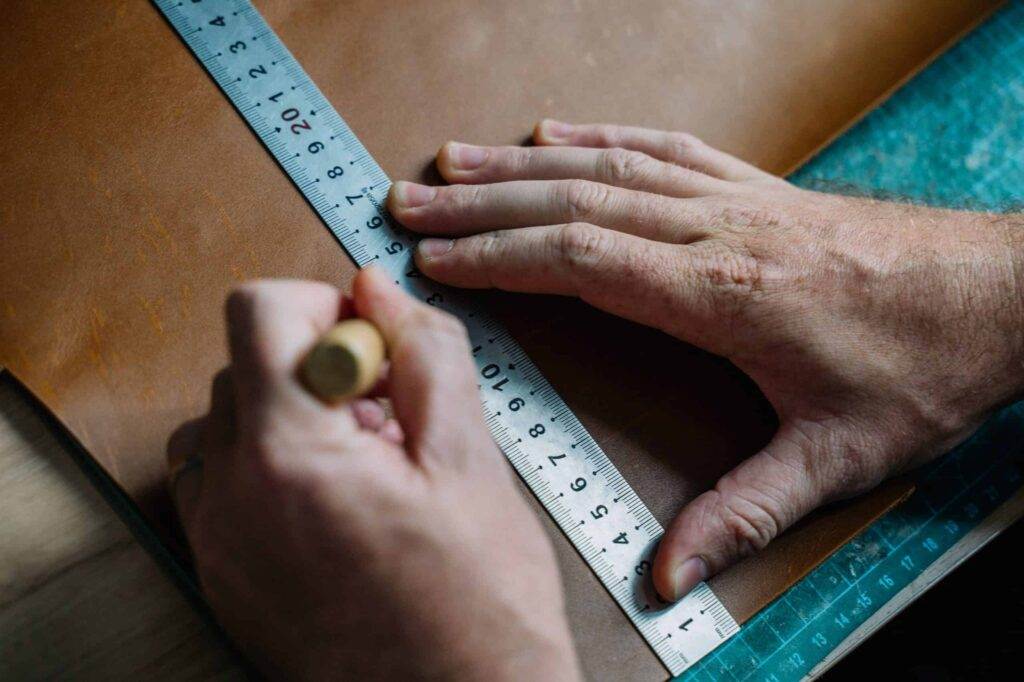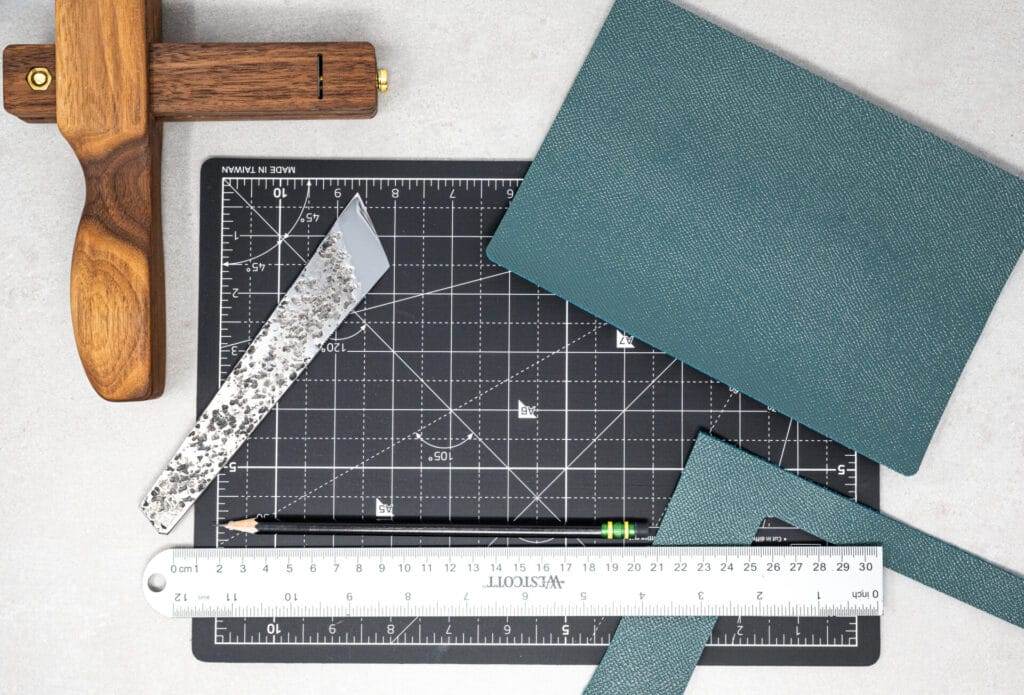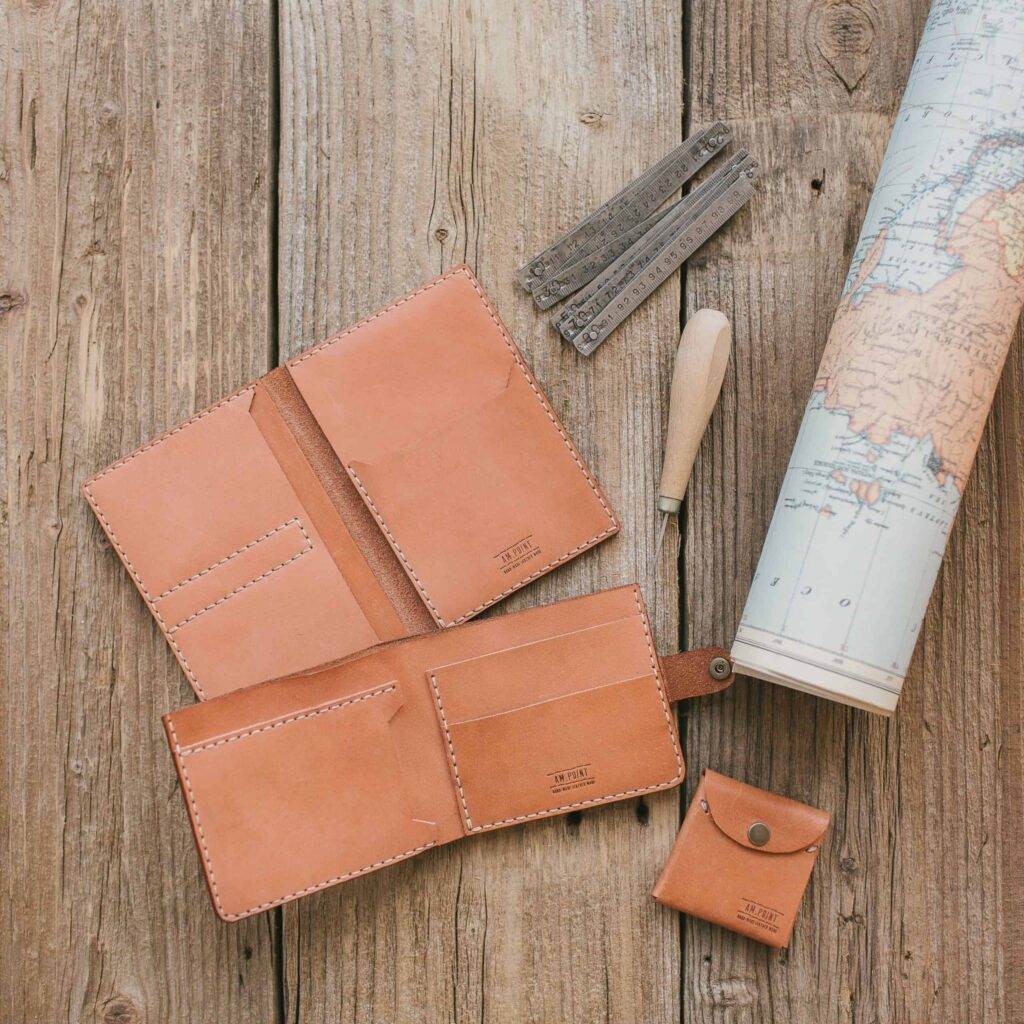Handling Different Leather Tempers in Leathercraft
Leather temper refers to the inherent characteristics of leather that dictate its flexibility, durability, and overall handling properties. It is a crucial aspect for artisans and crafters who work with leather, as it influences the techniques and tools required for various projects. Leather can be categorized into three primary temper classifications: soft, firm, and stiff.
Each type has unique qualities that affect how it can be manipulated, stitched, and finished. Understanding these differences is essential for achieving the desired results in any leatherworking endeavor. Soft leather, often made from lambskin or deerskin, is known for its pliability and comfort.
It is easy to cut and sew, making it a popular choice for garments and accessories. Firm leather, such as cowhide, strikes a balance between flexibility and sturdiness, making it suitable for a wide range of applications, from bags to belts. Stiff leather, often vegetable-tanned or bridle leather, is less forgiving and requires more effort to shape and mold.
Recognizing these distinctions allows leatherworkers to select the appropriate materials for their projects and apply the right techniques to achieve optimal results.
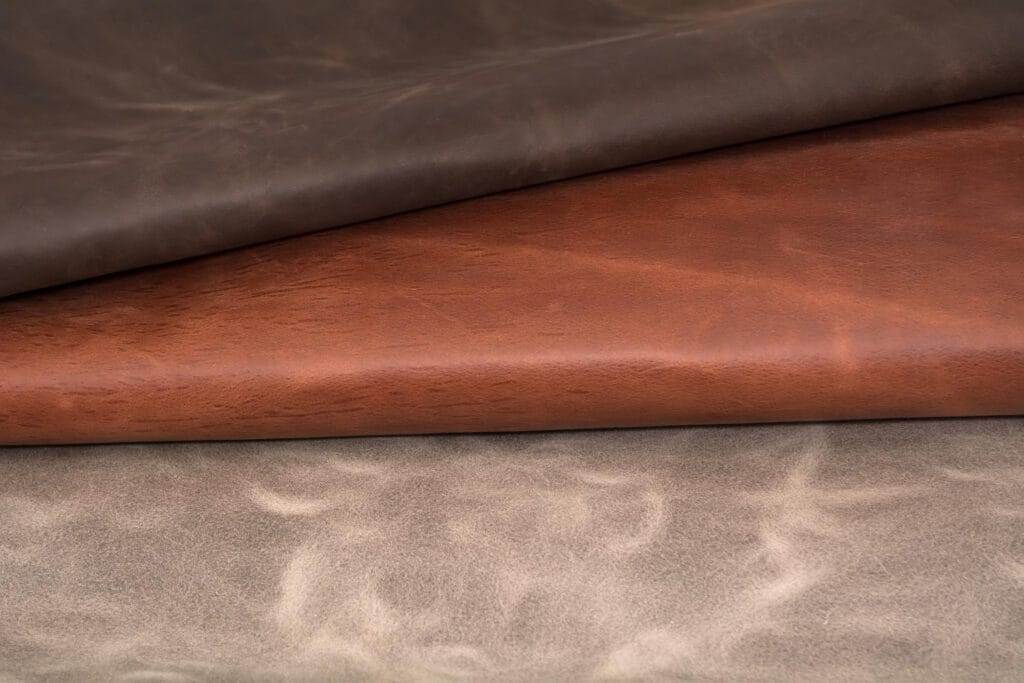
Key Takeaways
- Leather temper refers to the stiffness or flexibility of the leather, which can vary based on the tanning process and animal hide used.
- Soft leather is pliable and easy to work with, making it suitable for projects like clothing and accessories.
- Firm leather offers more structure and support, making it ideal for items like bags and wallets.
- Stiff leather is rigid and requires more effort to manipulate, often used for heavy-duty items like belts and saddles.
- Different leather thicknesses require different techniques and tools for cutting, stitching, and shaping.
Working with Soft Leather
When working with soft leather, the primary advantage is its ease of manipulation. This type of leather is often used for items that require a gentle touch, such as clothing, wallets, and soft bags. The supple nature of soft leather allows it to conform to shapes easily, making it ideal for projects that demand a snug fit or intricate designs.
However, this softness also means that it can be more susceptible to damage from wear and tear, so care must be taken during the crafting process. To effectively work with soft leather, it is essential to use sharp tools that can make clean cuts without tearing the material. A high-quality leathercraft knife from LeatherStraps.org can be invaluable in this regard.
Additionally, when stitching soft leather, using a lighter thread can help maintain the delicate appearance of the finished product. Techniques such as hand-stitching or using a sewing machine with a walking foot can ensure even tension and prevent puckering. Overall, while soft leather offers versatility and ease of use, it requires careful handling to maintain its integrity.
Working with Firm Leather
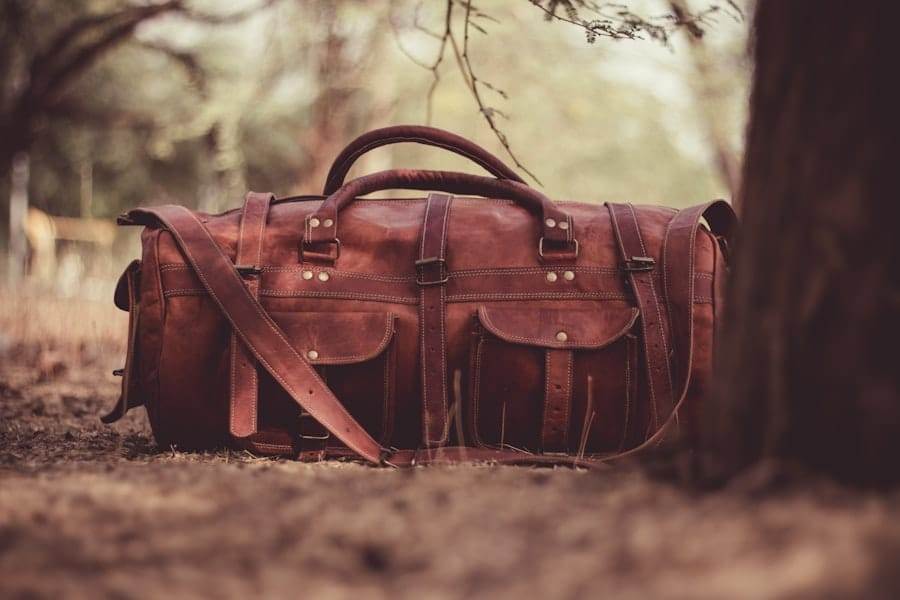
Firm leather presents a different set of challenges and opportunities compared to its softer counterpart. This type of leather is characterized by its sturdiness and ability to hold shape while still allowing for some flexibility. It is commonly used in items such as bags, belts, and wallets where durability is essential.
The balance between firmness and pliability makes it an excellent choice for projects that require both structure and comfort. When working with firm leather, it is important to choose the right cutting tools to ensure precision. A well-maintained leathercraft knife can make all the difference in achieving clean edges.
Additionally, firm leather often benefits from techniques such as edge finishing and burnishing to enhance its appearance and durability. When stitching firm leather, using a heavier thread can provide added strength to seams, ensuring that the finished product withstands daily use. Overall, understanding the properties of firm leather allows artisans to create functional yet aesthetically pleasing items.
Working with Stiff Leather
Stiff leather poses unique challenges due to its rigidity and lack of flexibility. This type of leather is often used in applications where structure is paramount, such as in saddlery or heavy-duty bags. While stiff leather can be more difficult to work with, it also offers unparalleled durability and longevity when crafted correctly.
The key to successfully working with stiff leather lies in understanding its limitations and employing appropriate techniques. When cutting stiff leather, it is crucial to use a sharp knife or rotary cutter to ensure clean lines without fraying. Prepping the leather by conditioning it can also help soften it slightly, making it easier to manipulate during the crafting process.
Techniques such as wet forming or molding can be employed to shape stiff leather into desired forms; however, these methods require patience and precision. Additionally, when stitching stiff leather, using a saddle stitch technique can provide added strength and stability to seams. By mastering the intricacies of working with stiff leather, artisans can create robust items that stand the test of time.
Handling Different Leather Thicknesses
Leather thickness plays a significant role in determining how a piece will behave during crafting. Thicker leathers are generally more durable but can be more challenging to cut and sew. Conversely, thinner leathers are easier to manipulate but may not offer the same level of durability.
Understanding how to handle different thicknesses is essential for achieving the desired outcome in any project. When working with thicker leathers, it is advisable to use specialized tools designed for heavy-duty applications. A heavy-duty sewing machine or a hand-stitching technique with a thicker thread can help ensure that seams remain secure over time.
On the other hand, when dealing with thinner leathers, lighter tools and threads are more appropriate to avoid damaging the material. Additionally, techniques such as layering thinner leathers can create added strength without sacrificing flexibility. By recognizing the implications of leather thickness on crafting techniques, artisans can make informed decisions that enhance their work.
Choosing the Right Tools for Different Leather Tempers
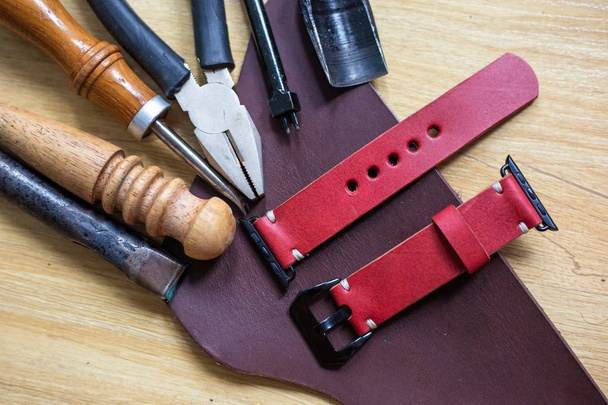
Selecting the appropriate tools for various leather tempers is crucial for achieving high-quality results in any project. Each type of leather requires specific tools that cater to its unique properties. For instance, when working with soft leather, sharp cutting tools like rotary cutters or precision knives are essential for clean cuts without tearing the material.
Additionally, lightweight needles and threads are recommended for stitching soft leather items. In contrast, firm leather necessitates sturdier tools that can handle its density. A heavier-duty knife or cutting mat may be required for cutting firm leather effectively.
When stitching firm leather, using thicker needles and threads will provide added strength to seams. For stiff leather, specialized tools such as chisels or pricking irons may be necessary for creating holes that accommodate thicker threads without damaging the material. By carefully selecting tools based on the temper of the leather being used, artisans can enhance their efficiency and improve the quality of their finished products.
Tips for Working with Different Leather Tempers
Working with various leather tempers requires an understanding of specific techniques that cater to each type’s unique characteristics. For soft leather, one effective tip is to pre-wash or condition the material before cutting or stitching; this helps prevent stretching during the crafting process. Additionally, using clips instead of pins can help hold pieces together without leaving marks on the delicate surface.
When handling firm leather, consider using a mallet when working with punches or chisels; this provides better control and reduces the risk of damaging the material. For stiff leather projects, take advantage of wet forming techniques; soaking the leather before shaping allows for greater manipulation while maintaining its structure once dried. Overall, adapting techniques based on the temper of the leather will lead to more successful outcomes in crafting endeavors.
Common Mistakes to Avoid when Handling Different Leather Tempers
Navigating the world of leatherworking comes with its own set of challenges, particularly when dealing with different tempers. One common mistake when working with soft leather is using inappropriate stitching techniques; opting for too heavy a thread can detract from the delicate appearance of the finished product. Additionally, failing to use sharp tools can lead to jagged edges that compromise both aesthetics and functionality.
For firm and stiff leathers, one frequent error is underestimating the importance of preparation; neglecting to condition or properly cut these materials can result in difficulties during assembly or finishing stages. Another mistake is using incorrect hole spacing when stitching; this can lead to uneven seams that affect both durability and visual appeal. By being aware of these common pitfalls and taking proactive measures to avoid them, artisans can enhance their skills and produce high-quality leather goods that stand out in both craftsmanship and design.
In conclusion, understanding the nuances of different leather tempers is essential for anyone looking to excel in leatherworking. From selecting appropriate materials and tools to employing effective techniques tailored to each type’s characteristics, knowledge is key in this craft. By mastering these elements and avoiding common mistakes, artisans can create beautiful and functional pieces that showcase their skills while honoring the unique qualities of each type of leather they work with.
FAQs
What are the different leather tempers in leathercraft?
There are generally four main types of leather tempers used in leathercraft: full grain, top grain, genuine leather, and bonded leather. Each type has its own characteristics and uses in leathercraft.
What is full grain leather?
Full grain leather is the highest quality leather, made from the top layer of the hide. It retains the natural grain and imperfections of the animal’s skin, making it durable and strong. Full grain leather is commonly used in high-end leather goods.
What is top grain leather?
Top grain leather is the second-highest quality leather, with the top layer of the hide sanded and buffed to remove imperfections. It is more flexible and workable than full grain leather, making it suitable for a wide range of leathercraft projects.
What is genuine leather?
Genuine leather is made from the layers of the hide that are left after the top grain is removed. It is less durable and of lower quality compared to full grain and top grain leather. Genuine leather is often used in more affordable leather goods.
What is bonded leather?
Bonded leather is made from the scraps of leather that are bonded together with adhesives. It is the lowest quality leather and is often used in products where cost is a primary concern, such as furniture upholstery and low-cost accessories.
How do you handle different leather tempers in leathercraft?
Handling different leather tempers in leathercraft requires understanding the characteristics of each type of leather and adjusting your techniques accordingly. For example, full grain leather may require more strength to cut and punch, while bonded leather may require special adhesives for bonding. It’s important to choose the right leather for your project and use appropriate tools and techniques for each type of leather.


